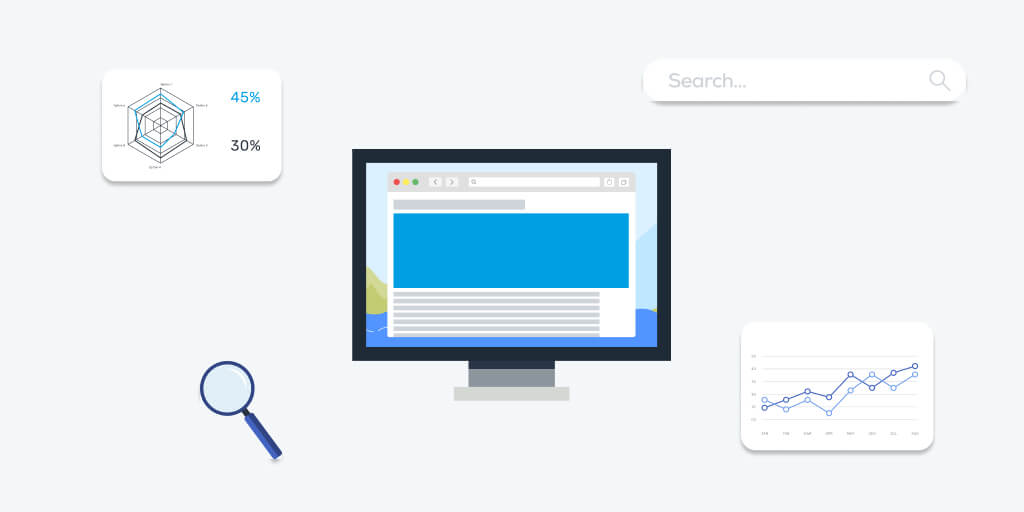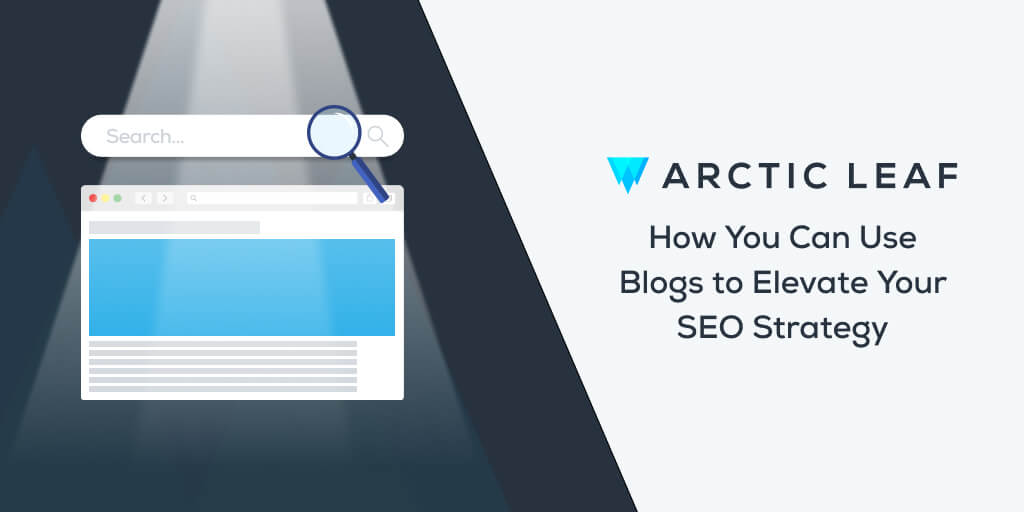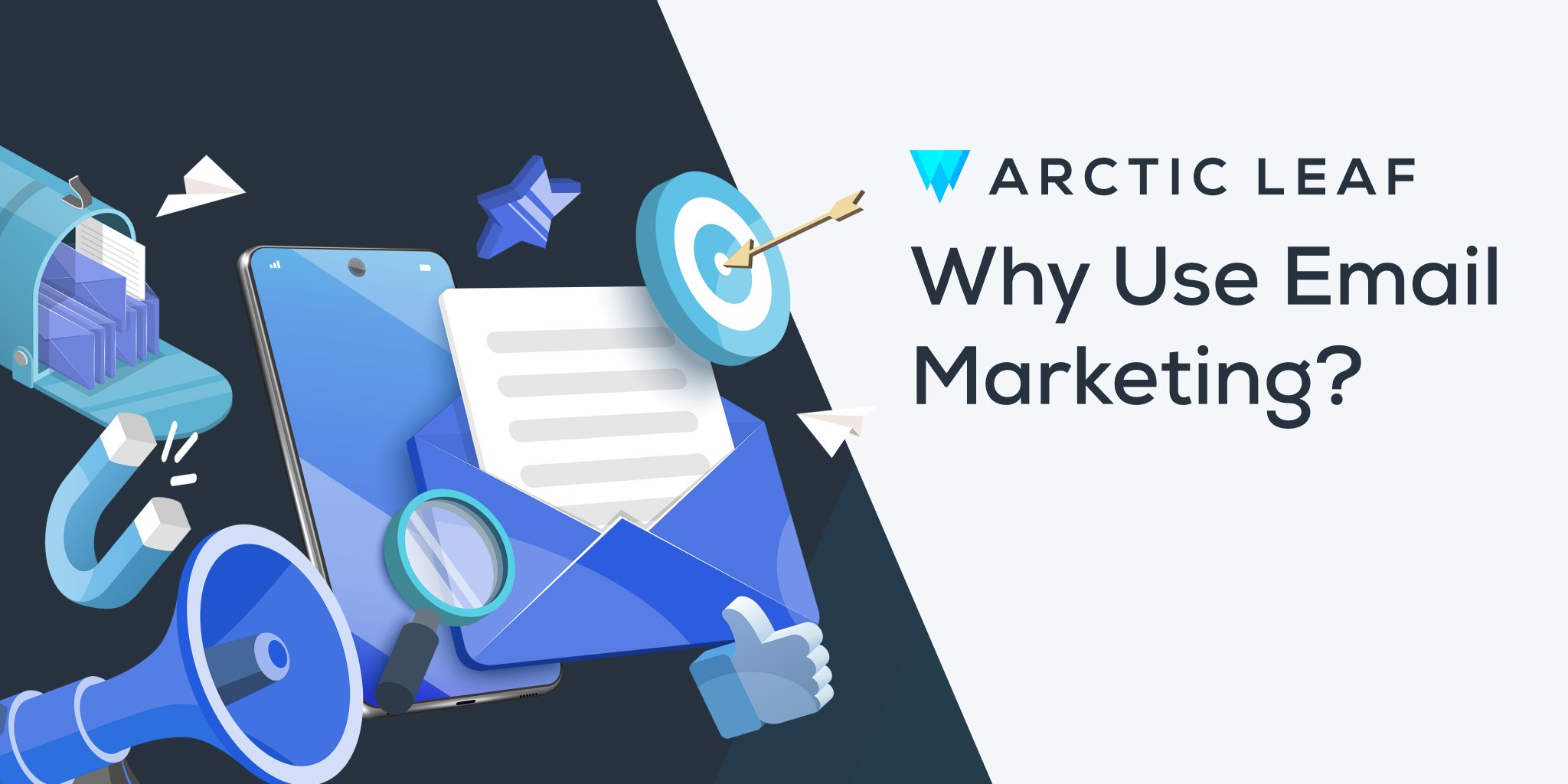What is SEO?
When researching how to promote your online business, you may have encountered SEO, or “Search Engine Optimization”. This is the practice of improving your website's search ranking through keywords, links, image optimization, and content writing. Blog posts are vital to any SEO strategy, and today we’ll explain why.
How Blogging Helps Your SEO

Increased Visibility
Google provides ordered search results based on relevance and activity. This is determined through SEO, where active and accurate sites rank higher than stagnant pages with minimal updates or engagement. Regularly updating your blog with fresh content attracts organic traffic from Google and keeps potential customers engaged for longer!
The more blog posts you create, the more pages Google will have to index, and those blogs will even allow you to rank for long-tail keywords which bring in more specifically targeted customers.
However, quality is always better than quantity. Utilize high-traffic keywords relevant to your website and write blog posts about them, but don't oversaturate the search engines with content about unusual or overly long keyword variations that aren't naturally associated with your website because Google especially prefers SEO that is natural. For example, a blog about "the best 50th birthday gifts for men" on a gifts for men website is likely to rank high due to relevance and search volume. Choose keywords wisely, using terms that naturally appear in your website's copy and have high search volume but low competition. With good SEO you’ll see your site outranking competitors for featured snippets in no time!
Improved Links
A great way to prove your authority is to:
-
Cite credible references
-
Be cited yourself
In the world of the internet, these two things are done through linking - and Google loves to track links.
Backlinks
Backlinks are links within content that lead to another site. Collaborating with similar businesses and blogs to include backlinks to each other can boost authority ranking on Google. This practice is most effective when done with blogs rather than general site pages.
Internal Links
An internal link is a link within your site that leads users to your other pages. By including internal links, such as creating a series of relevant blogs that refer back to each other, you can increase the chances of keeping users on your site for longer.
Enhanced Authority
Authority is crucial for ranking on search engine results pages (SERPs). Blogs provide an outlet for fresh and valuable content, which can boost your authority and reputation. Additionally, blogs can improve your social media efforts by creating a library of high quality content to share on platforms like Twitter. If you're sharing valuable information, social platforms can help it go viral, increasing your Expertise, Authority, and Trustworthiness (EAT) score, which is important for SEO.
Better Customer Experience
Starting a blog can greatly improve user experience by creating a space for customers to learn about and discuss topics. This will build loyalty, trust, and brand awareness through consistently providing useful information. Loyal customers are more likely to take action, allowing you to better understand their needs, answer their questions, and grow your email list.
Blogging Best Practices

Do your Research
When deciding what to write about in your blog posts, you can begin by addressing frequently asked questions from customers. However, if you want to prioritize ranking on search engines, conducting research is crucial. By researching top-ranking subjects with SEO in mind, you can identify valuable keywords to strategically incorporate into your blog titles and body text for optimal performance.
Pro tip: Try the Keyword Surfer extension for Chrome or Moz to search for your keywords!
Succeed in the SERPs
SERPs are what it’s all about, and ranking high is not just about your body text.
Your blog title, meta description, and even URL matter just as much!
A catchy email title will include a mix of powerful, emotional, uncommon and common words. URLs should be simple, straightforward and not too lengthy. Your meta description should be 155 characters or less, and include a keyword as well as a call to action.
Pro tip: Try the Coschedule Headline Analyzer out to see if you’ve written a strong blog title!
Utilize Visuals
You may have heard that Google can’t really “see” images or videos. And while that is true, it doesn’t mean you should exclude them from your blogs. Images and videos make your blog more appealing and help to get your message across. Just remember to always include alt text and a meta description where possible so that Google can tell what’s going on too!
Pro tip: Save time with the Alt Text Magic plugin!
Create an Experience
With all this talk of keywords, it’s easy to get lost in the data. But when creating a blog, you still want to focus on reader experience. Make sure that those juicy keyword topics are actually what your audience wants to see. Cover topics completely. Don’t keyword-stuff (excessively and unnaturally cramming keywords into a piece of blog content in an attempt to manipulate search engine rankings). Last but not least, make sure that your blog reads well on mobile as well as desktop devices for a smooth experience!
Pro tip: Check how your blog will look on 3000+ devices through BrowserStack!
Encourage Action
When writing a blog, your aims are to rank and share valuable information. However, it's important to convert that ranking and community-building into sales or subscriptions. Every blog should include a call to action that invites readers to take the next step.
Pro tip: Not sure how to word your CTA? Here’s 46 words that are proven to convert.
Adapting in 2024
The internet is constantly evolving, and outdated tactics like keyword-stuffing and repetitive content no longer work for SEO. In the past, rewording existing high-ranking blogs and filling them with keywords could lead to high SERP rankings. However, Google is now smarter and values unique and authoritative information with strategically-placed keywords - relevant content that people actually want to read and find useful.
In 2024, it’s quality over quantity. To find what’s really working, you’ll want to review your metrics regularly. Make your life easier with the right apps and plug-ins. Ensure you’re utilizing a multi-channel approach. Include well-paced visuals and videos, and look into how best to take advantage of topic clusters.
Last but not least? Follow the updates! When Google makes a change, you may very well have to as well. Our online world is in constant flux, but by keeping on top of the latest information and trends, you can find yourself having a pretty good time riding the wave while creating great blogs your customers will love.
To learn more ways to improve your search engine optimization, check out our blog post on SEO in 2023! If you have any questions about blogging best practices or SEO strategy, you can also reach out to us directly at info@arcticleaf.io.
Arctic Leaf is a digital agency with over 10 years of e-commerce experience serving clients of all industries. Our entire team is Baymard UX certified and our amazing developers can build everything from simple Shopify themes to fully custom headless experiences.



